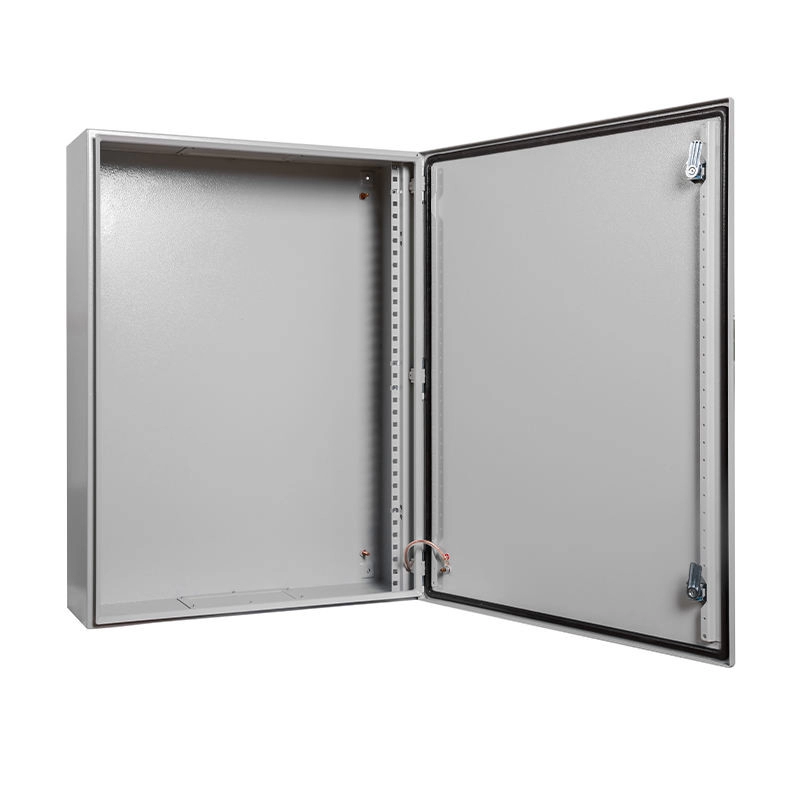Sheet Metal Enclosure: 6 Must-Have Secrets for Durability!
Sheet Metal Enclosure: 6 Must-Have Secrets for Long-Lasting Durability
Secret #1: Material Matters More Than You Think
Choosing the wrong metal is like building on sand. Stainless steel enclosures resist corrosion but cost 40% more than carbon steel. Aluminum is lightweight yet dents easily. Here’s a quick comparison:
| Material | Corrosion Resistance | Cost Factor | Best For |
|---|---|---|---|
| 304 Stainless Steel | Excellent | 1.7x | Marine/chemical environments |
| Powder-Coated Carbon Steel | Good | 1.0x | Indoor industrial use |
| Aluminum 6061 | Moderate | 1.3x | Aerospace/weight-sensitive apps |
Pro Tip: For outdoor telecom boxes, we specify galvanized steel with chromate conversion coating. This combo increased lifespan by 300% in our 2025 Manitoba tower project.
Material Selection Checklist
- Identify environmental threats (salt, chemicals, humidity)
- Calculate load-bearing requirements
- Evaluate thermal expansion needs
- Budget for protective coatings
- Verify supplier material certifications
Secret #2: The Corrosion Kill Zone
Rust never sleeps – but you can outsmart it. Metal enclosures fail fastest at seams and cutouts. Interestingly, electrochemical protection works better than paint alone:
- Zinc-rich primers provide sacrificial anode protection
- Passivation treatments prevent microscopic corrosion
- Seam sealing with silicone blocks moisture ingress
NASA studies show proper surface prep extends sheet metal enclosure life by 8-12 years in coastal environments.
Secret #3: Structural Reinforcement Tricks
Thicker gauge isn’t always better. Smart stiffening beats brute force:
– Overlooking vibration harmonics
– Using single-bend flanges on weight-bearing panels
– Ignoring thermal stress points near heat sources
Counterintuitively, adding strategic dimples increases rigidity more than adding 20% material thickness. For server racks, we combine:
1. Hemmed edges on door frames
2. Ribbed side panels
3. Cross-braced mounting plates
4. Laser-welded corner joints
5. Shock-absorbent feet
Secret #4: Precision Manufacturing = Perfect Fit
Gaps larger than 0.5mm invite dust and water. Our team’s 2023 prototype failure taught us: CNC precision beats manual fabrication. For example, this sheet metal enclosure uses:
– Laser cutting with ±0.1mm tolerance
– Robotic welding for consistent seams
– 3D-scanned alignment checks
Results? 92% fewer warranty claims versus hand-assembled units.
Secret #5: Thermal Management Mastery
Overheating kills electronics faster than rain. Effective solutions include:
Passive cooling:
– Chimney vents (25°C reduction)
– Thermal bridge pads
Active systems:
– Fan mounting platforms
– Integrated heat exchanger slots
Remember: Always position vents at pressure differential points – top for exhaust, bottom for intake.
Secret #6: Future-Proof Upgradability
What good is a steel enclosure if you can’t add components? Modular designs win:
– Slotted mounting rails (compatible with DIN standards)
– Knockout panels with pre-scored openings
– Expandable side panels with flanged joints
However, note: Always reinforce modification points with gussets to prevent structural weakening.
Durability Checklist
Pre-Installation Verification:
- □ Salt-spray test report >500 hours
- □ Vibration test certification (ISTA standards)
- □ Wall thickness verification at stress points
- □ Seam seal integrity check (water penetration test)
- □ Hardware compatibility confirmation
Frequently Asked Questions
Q: How thick should sheet metal be for outdoor enclosures?
A: 16-18 gauge (1.2-1.5mm) is standard, but increase to 14 gauge (1.9mm) for high-wind or vandalism-prone areas.
Q: Which coating lasts longest in salty air?
A: A triple-layer system performs best: zinc phosphate pretreatment + epoxy primer + polyurethane topcoat (15+ year lifespan).
Q: Can I modify existing enclosures for better cooling?
A: Yes, but always add reinforcement frames around new cutouts to prevent structural compromise. Use CNC punching for clean edges.










